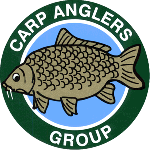
The Hair Rig and Knotless Knot
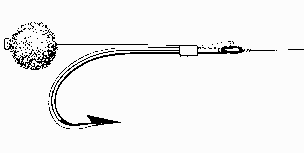
Mono, braid and the new fused lines make good leaders and hairs. Don't use the small diameter braided lines as there is no advantage to them in North America and they slip knots. Take advantage of the strength and abrasion resistance of the heavier pound test braided lines. Tie or snell the hook to the line and leave a tag of several inches. Tie a small overhand loop in this tag and you have your hair. It is not complete until the hair comes off the bend of the hook. You can use silicone tubing or heat shrink tube to do this. Another way is to tie the line on the bend or to wind the hair on the hook until it comes off the bend. The latter is easiest and works best with thicker line. Put your bait on the hair with a baiting needle and a boilie stop. You are ready to tie the line to a swivel and build the rest of your rig.
A bolt rig or running lead is the best terminal rig to use, but the hair rig works well with a float. This part is up to you and depends on conditions. If you are fishing where snags occur, consider the float with the hair rig just touching the bottom.
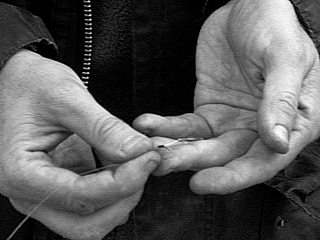
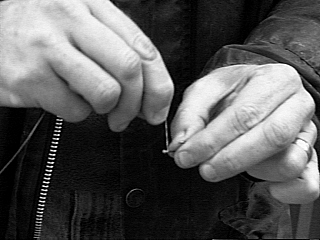
2. Take the longer length and start whipping around the hook shank. Take it around six times. Important to start whipping from the side of the eye that is closed.

3. Having made the six turns, take the longer length back through the eye the same way it came, moisten and then pull the longer length tight. Trim off the end that lays along the shank or use this as your 'hair'. I usually finish off by dabbing a small drop of superglue along the whipping. You can also run the glue along the first two inches of the hooklength which makes it harder to eject.
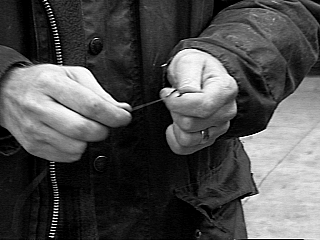
4. Once tied (with braid especially) you'll notice that the mechanics of the knot causes the hook to behave similarly to a bent hook rig or a line aligner set up, in that it should flip over when pulled across your hand. I usually use hooks with an inturned eye which accentuates the bent hook effect, but it works OK with both straight eyed hooks and out turned.
